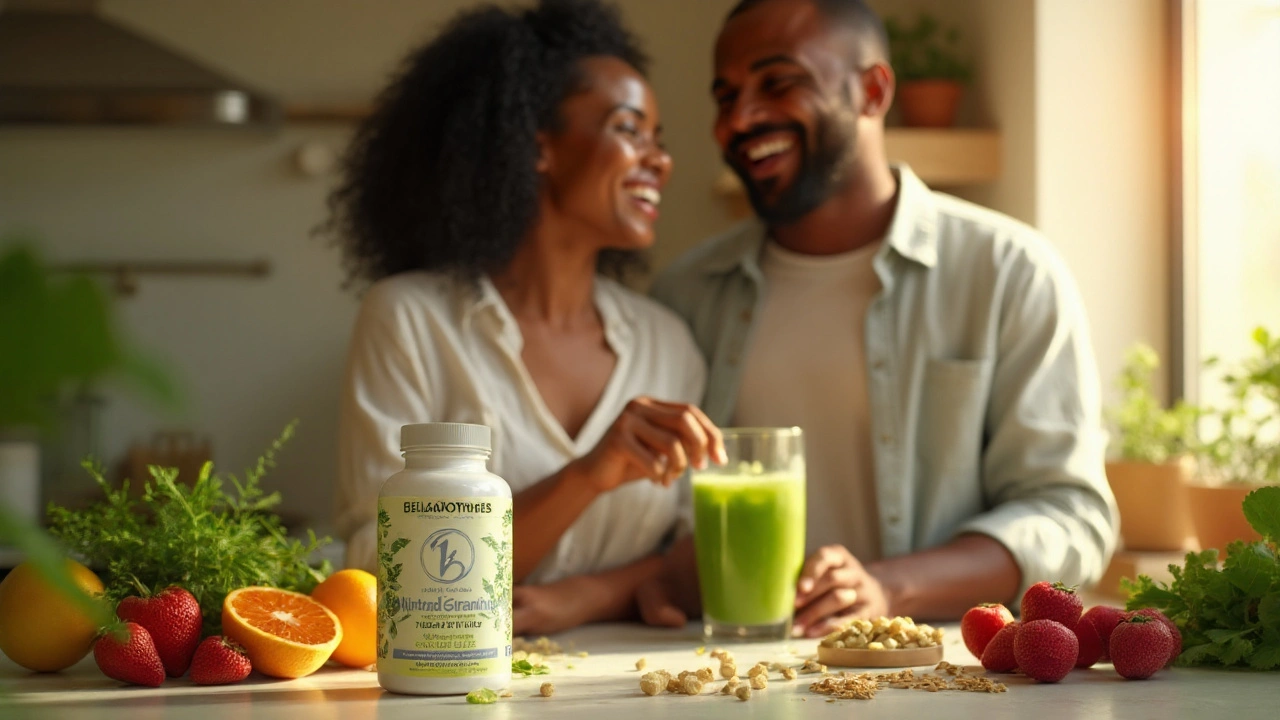Gut Health: Simple Tips, Yoga Moves & Supplements for Better Digestion
Feeling bloated, gassy, or just generally uncomfortable after meals? You’re not alone. Most of us deal with gut grumbles at some point, but the good news is you can calm things down with a few everyday changes. Below you’ll find the most useful tricks we’ve gathered—from easy yoga poses to natural supplements—that actually work for many people.
Quick Everyday Habits to Keep Your Gut Happy
First, let’s talk about the basics. Drinking enough water is a game‑changer; it helps move food through your intestines and prevents constipation. Aim for at least eight cups a day, and add a squeeze of lemon if you like a little extra zing.
Second, watch the speed of your eating. Chewing slowly gives your stomach enough time to signal fullness, which means you’ll eat less and digest better. Try putting your fork down after each bite and take a breath before the next scoop.
Third, add fiber gradually. Whole grains, beans, fruits, and veggies are great, but loading up too quickly can cause gas. Increase your intake over a week or two, and pair fiber with a good dose of water to avoid the opposite problem—constipation.
Yoga Moves That Calm Flatulence and Boost Digestion
When bloating hits, a short yoga session can work faster than a glass of tea. Here are three poses that target the abdomen and help release trapped gas:
1. Wind‑Relieving Pose (Pawanmuktasana) – Lie on your back, hug one knee to your chest, and hold for 20‑30 seconds. Switch sides, then bring both knees in together for a full release.
2. Seated Twist (Ardha Matsyendrasana) – Sit with legs extended, bend one knee over the other, and twist toward the bent knee. The gentle rotation massages the intestines and encourages movement.
3. Child’s Pose with Side Stretch (Balasana) – From child’s pose, walk your hands to the right, feeling a stretch along the left side of your torso. Hold, then switch. This opens up the ribcage, making space for the digestive organs to work.
Do each pose two to three times, breathing deeply. You’ll notice reduced pressure and a calmer belly within minutes.
If you’re new to yoga, start with a 5‑minute routine after meals. Consistency beats intensity; even a short daily practice can keep gas at bay.
Licorice Supplement: A Natural Aid for Digestion
Another tool that shows up often in gut‑health circles is licorice root, especially in its deglycyrrhizinated form (DGL). DGL has a soothing effect on the stomach lining, which can help with occasional heartburn and mild inflammation.
How to use it? Chew a ¼‑inch piece of DGL after meals, or take a 380‑mg tablet before you eat. Most people feel relief within a week, but it’s best to start with a low dose and watch for any sensitivity.
Keep in mind that regular licorice (not DGL) contains glycyrrhizin, which can raise blood pressure if you take too much. Stick to DGL, especially if you have hypertension or are on medication that affects electrolytes.
Combining DGL with the yoga routine above creates a two‑pronged approach: the supplement calms the lining while the poses promote movement. Together they can turn a chronic bloated feeling into a smooth, predictable digestion process.
These tips are meant to be simple, affordable, and easy to fit into a busy day. Try one habit at a time, notice how your gut reacts, and adjust as needed. Your belly will thank you, and you’ll get back to enjoying meals without the uncomfortable aftermath.
Belladonna Natural Supplement: Transform Your Body Fast
Discover how Belladonna, an all‑natural dietary supplement, can boost metabolism, support gut health, and help you achieve lasting weight loss.
